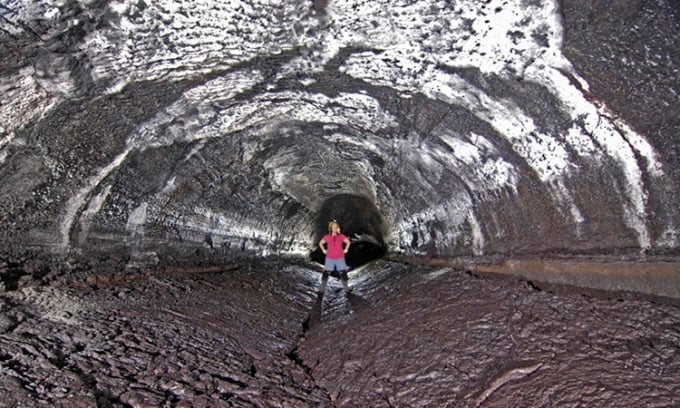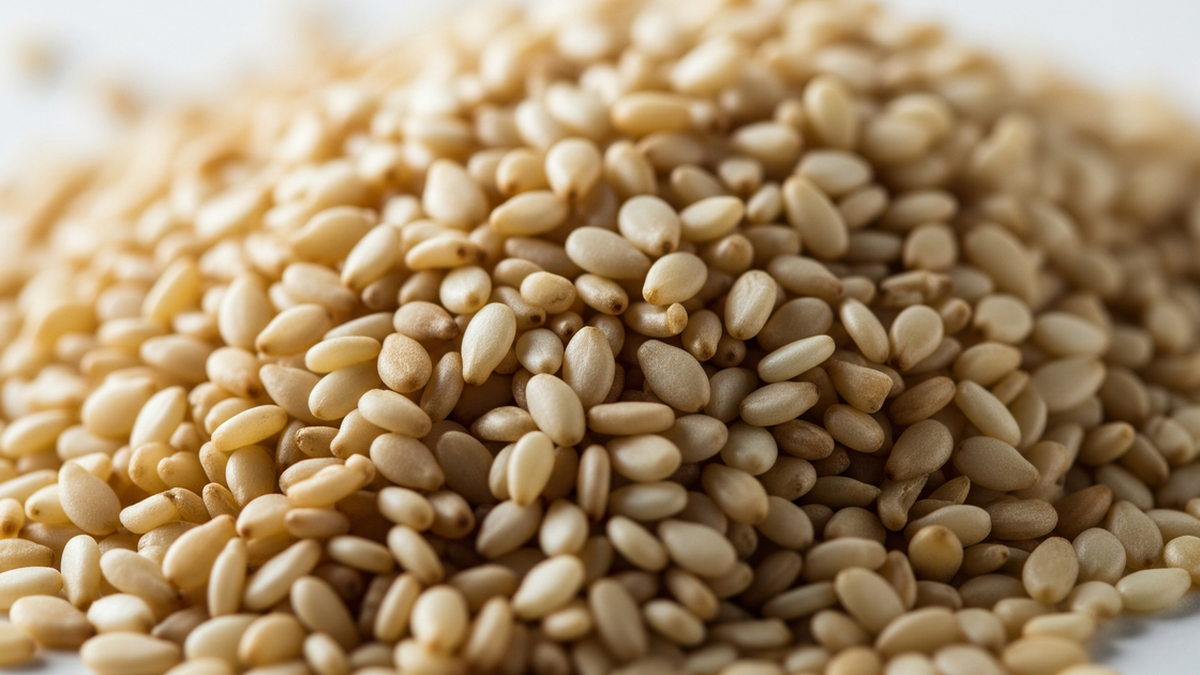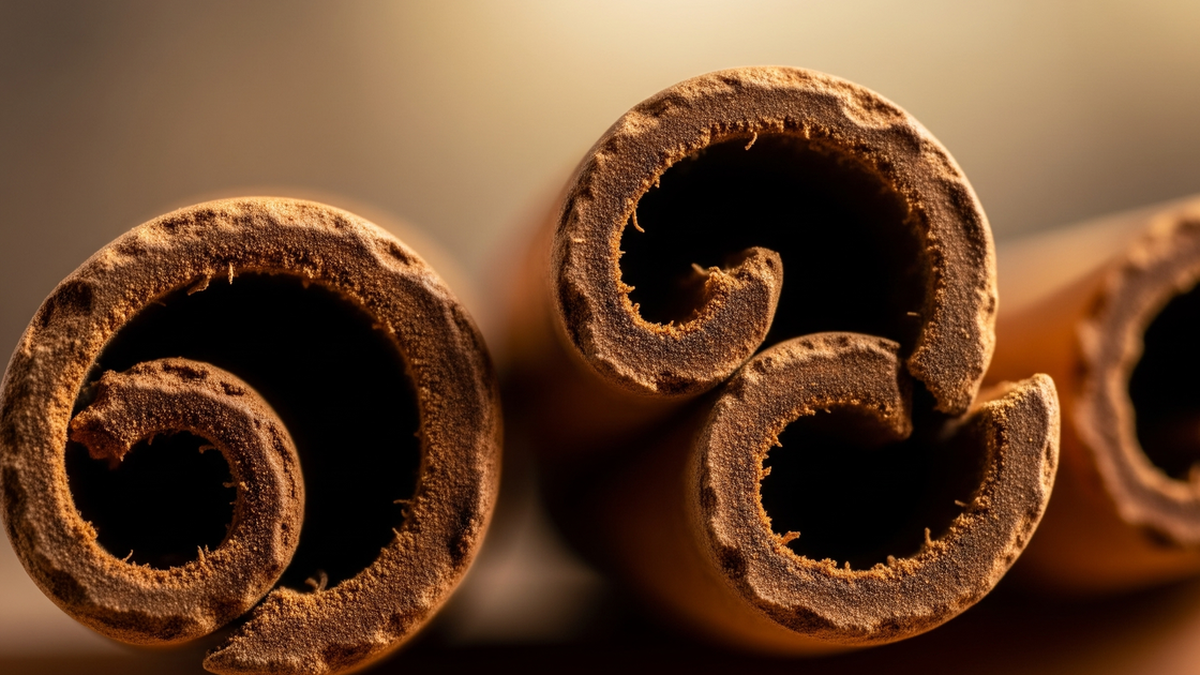Kazumura Cave is 65 km long and more than 0.8 km deep and is one of the largest lava tubes with about 100 entrances.

Inside Kazumura Cave in Hawaii. Photo: Wikipedia
While Hawaii has lava tubes throughout the archipelago, the largest lava tube in the world is Kazumura Cave, located about 12 miles south of Hilo (a town on the Big Island), according to IFL Science . The cave is more than 40 miles long and more than 0.5 miles deep, making it the longest and deepest lava tube on the planet.
According to the native Polynesians, there are an estimated 100 entrances to the cave. These entrances are believed to be associated with the fire goddess Pele, and many influential people have been buried within them over time. However, people often use the cave tunnels for other practical purposes.
During times of hardship, local people may have used the caves to escape from harsh weather or to hide from enemies. Archaeological excavations have found many stone tools and other artifacts in the caves. Some of the caves have also been converted into primitive living quarters, with fireplaces and sleeping areas. Lava tubes are good places to collect water, as there are few lakes and streams on the Hawaiian Islands. People would dig deep into the lava tubes to collect water that drips from the ceiling, filtered through the porous volcanic rock at the surface. The Kazumura Caves represent the relationship between Hawaii’s geological past and its cultural history.
As a chain of islands that were created by volcanic activity, Hawaii is dotted with lava tubes. These are essentially underground tubes created by lava flows. When the lava stops flowing from a volcano or changes direction, the flow can leave behind huge hollow tunnels, forming cave networks. The walls and ceilings of the tunnels sometimes have drops of wax dripping down them, like drops of candle wax.
Typically, it takes about a year for the lava to cool enough for living creatures to enter, but the cave network is quickly colonized by all manner of cave-dwelling animals, including insects and spiders as well as bacteria.
An Khang (According to IFL Science )
Source link




















































![[Maritime News] More than 80% of global container shipping capacity is in the hands of MSC and major shipping alliances](https://vphoto.vietnam.vn/thumb/402x226/vietnam/resource/IMAGE/2025/7/16/6b4d586c984b4cbf8c5680352b9eaeb0)













































Comment (0)